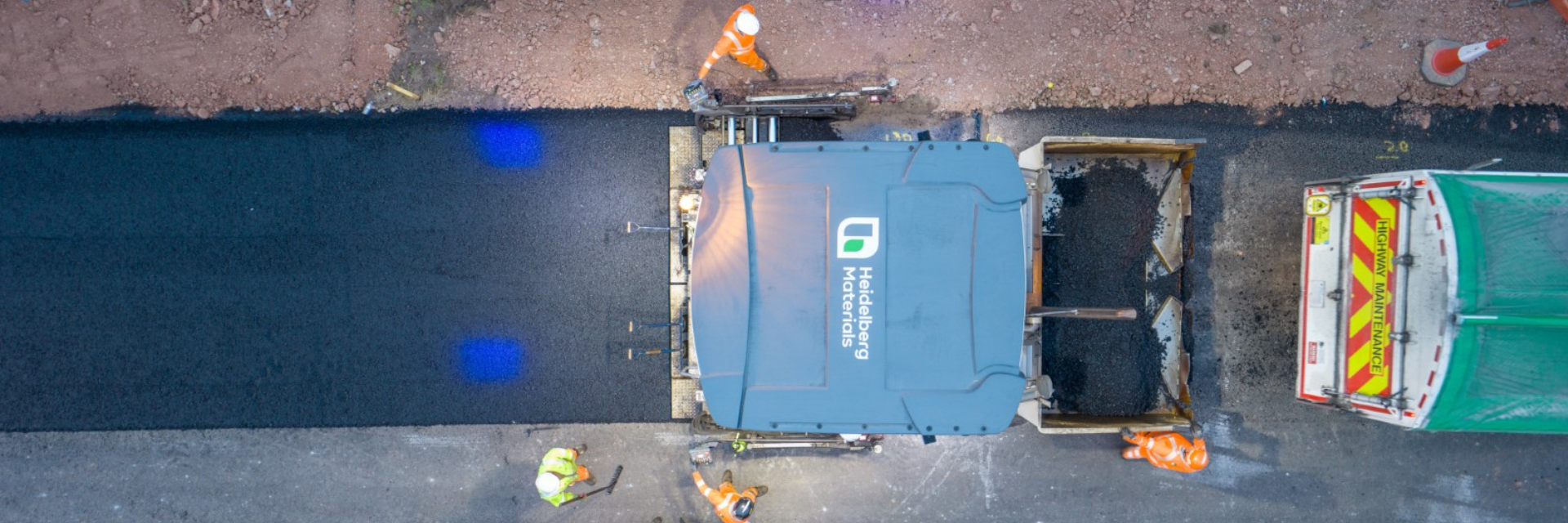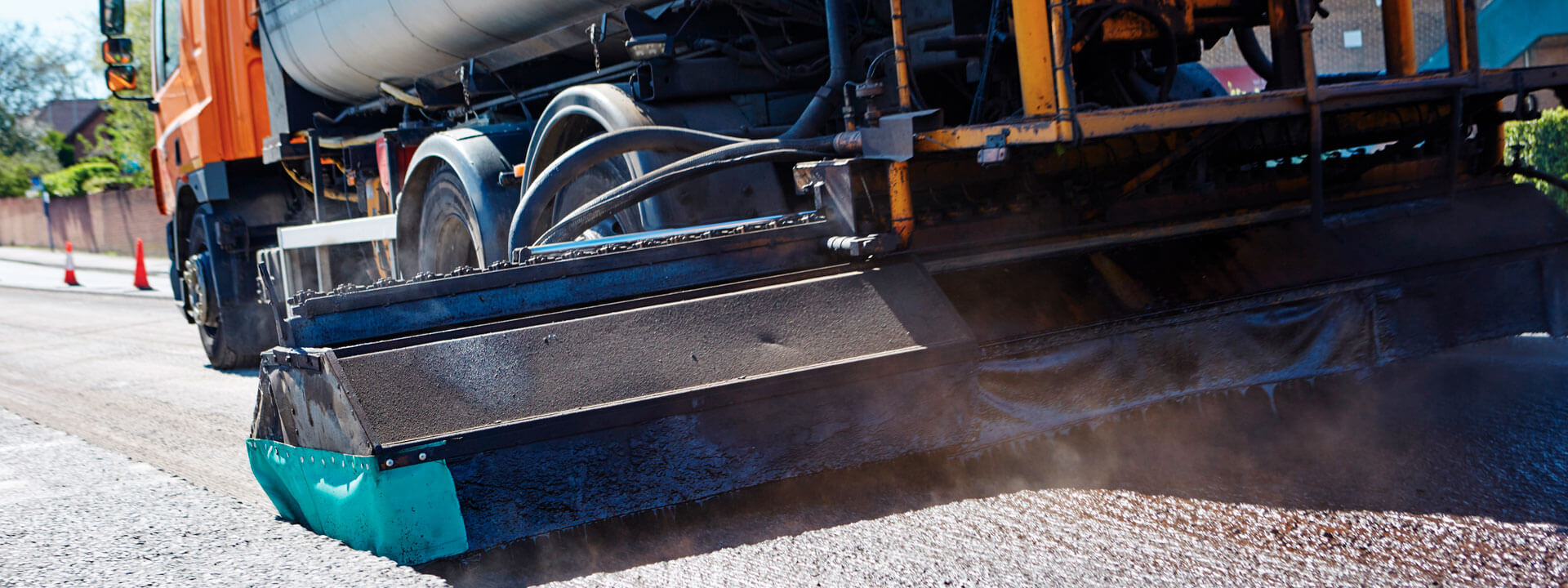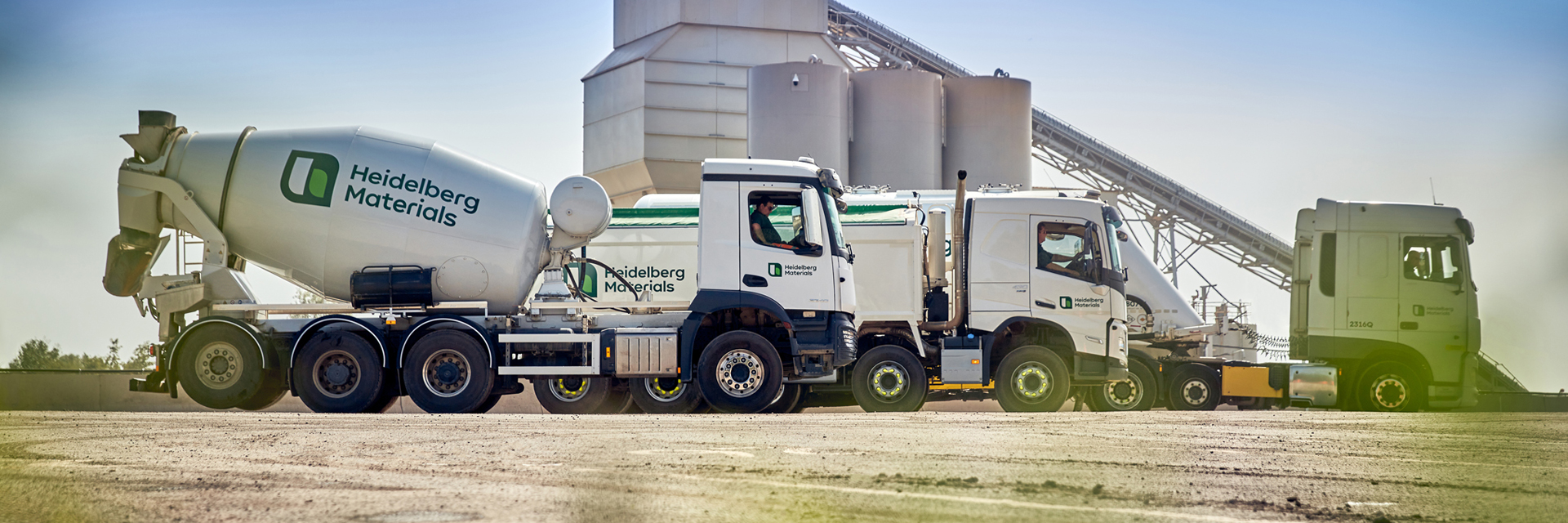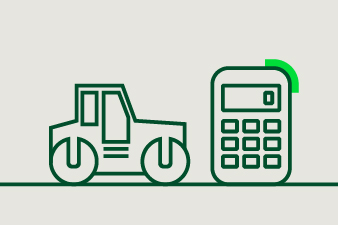Tufflex® D
Developed in line with Transport for Scotland methodology, this low void, high bitumen content stone mastic asphalt (SMA), is ideal for sites where safety and reduced noise are paramount. Tufflex® D is a more durable product which provides whole life cost savings.
Compared to traditional asphalt surfacing, Tufflex D offers texture, high deformation resistance and a very low air void content. The solution also delivers National Highways’ highest level of wheel rut resistance, level three. Tufflex D’s design uses specialised binders and incorporates best-in-class polymer technology. With its optimum surface texture of approximately 1.1mm and designed low voids, it effectively protects the surface it covers from water ingress.
Available in 6mm, 10mm and 14mm nominal sizes, Tufflex D can be laid between 25mm and 50mm thick using conventional asphalt pavers with a6-10 tonne roller. Installation should be strictly in accordance with BS 594987. Special attention should be given to placement and formation of joints. To enhance early life skid resistance, it is advisable to apply 1-4mm grit or coated grit on the first pass of the roller with a dedicated attached grit box.
Benefits
- A best-in-class flexible polymer modified Bitumen (PMB)
- Suitable for any class of road network
- Cost-effective over the whole life
- Quick installation
- Prevents water ingress
- Highly sustainable and durable
- Offers improved performance over conventional asphalt
- 100% recyclable
Available with the following options:
era®/CleanAir®/CarbonLock®/AgeLast®/RecyclePlast®/RAP

Applications
- Trunk roads
- Urban roads
- Local authority network
Tufflex® D technical data
| Material property | Test specification | Typical results |
| Design void content | BS EN 12697-6 | Vmin 1.0% – Vmax 5.0% |
| Binder drainage | BS EN 12697-18 Beaker Method | < 0.3% |
| Water sensitivity | BS EN 12697-12 Method A (ITSR) BS EN 12697-23 | ≥ 80% |
| RTPD (wheel tracking) | BS EN 12697-22 Procedure B WTS in Air | ≤ 1.0mm/103 |
Where Tufflex D has been used
Wellington - M5 Junction 26 concrete road replacement

See how Heidelberg Materials transformed a 51-year-old concrete road at M5 Junction 26 into a smoother, sustainable asphalt surface, delivered ahead of schedule with innovative low carbon techniques.
Case Study: Wellington - M5 Junction 26
Please see asphalt product matrix for further information or contact technical:
northasphaltsales@uk.heidelbergmaterials.com
southwestasphaltsales@uk.heidelbergmaterials.com
southwalesasphaltsales@uk.heidelbergmaterials.com
southeastasphaltsales@uk.heidelbergmaterials.com


